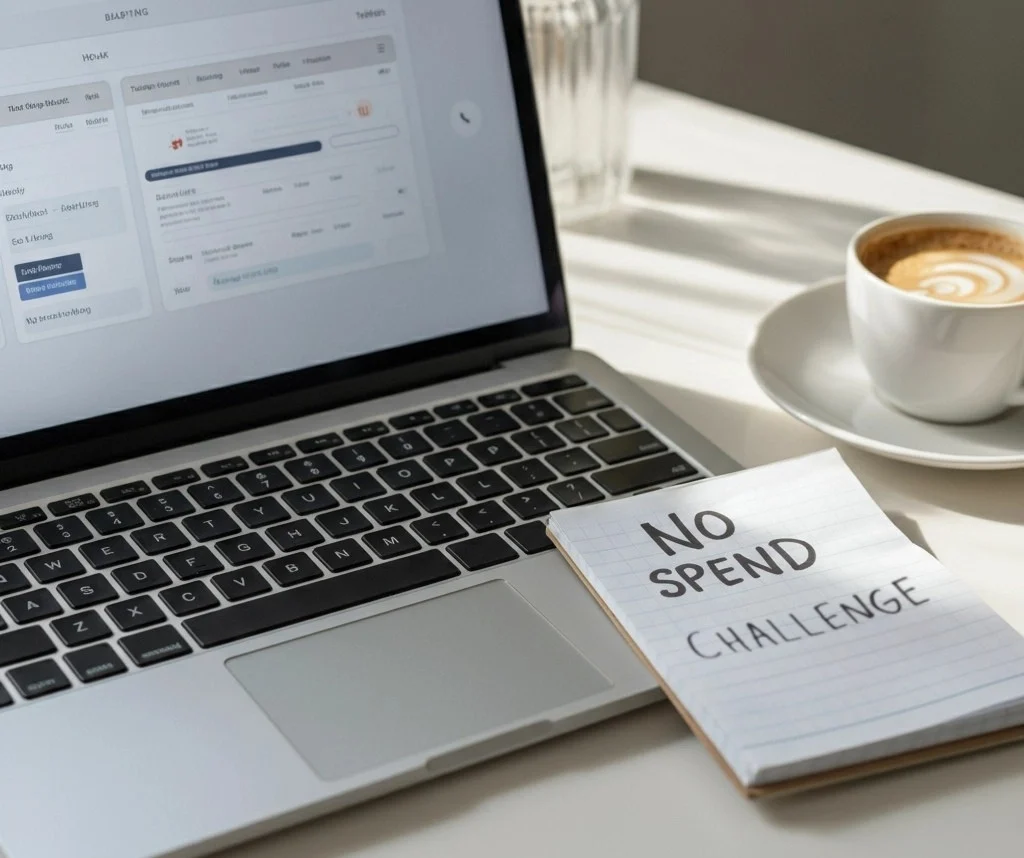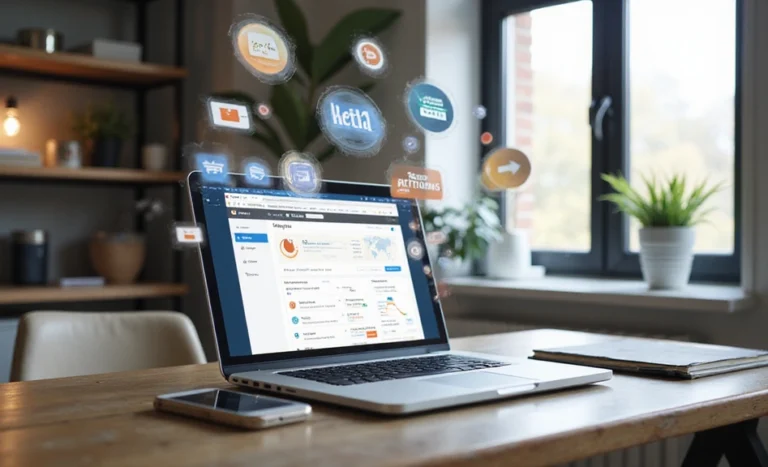Why the No Spend Challenge Is the Key to Building a Stronger Savings Account
When it comes to saving more money, many people immediately think of making extra income or cutting back on big expenses. But what if the key to a healthier savings account wasn’t about earning more, but spending less? Enter the No Spend Challenge—an exercise in financial discipline that can transform not only your wallet but also the way you think about money.
What Is a No Spend Challenge?
At its core, a no spend challenge is exactly what it sounds like. It’s a commitment to refrain from spending money on non-essential items for a set period. Essentials like rent, utilities, groceries, and transportation are fair game, but “wants” like dining out, optional subscriptions, or impulsive shopping? They’re off the table. The goal is simple: identify your financial “leaks” and plug them, leading to significant savings and better spending habits.
Why It Works
The beauty of a no spend challenge is its simplicity. By cutting out unnecessary expenses, you give your finances room to breathe. You’re not depriving yourself for the sake of it—you’re creating an opportunity to grow your savings, maybe faster than you thought possible. Beyond the practical savings, you’re also resetting your relationship with money. After completing a challenge, many participants report being more mindful of their purchases and less likely to splurge on things they don’t truly value.
How to Start a No Spend Challenge
Getting started doesn’t have to be overwhelming. Here’s a step-by-step guide to help you launch your own no spend challenge:
1. Track Your Current Spending Habits
Before you can cut back, you need to know what you’re spending on. Go through your bank statements or use a budgeting app to track your expenses over the last few months. Identify areas where your money tends to slip away—like coffee runs, impulse buys, or an underused gym membership.
2. Set a Specific Time Frame
A no spend challenge doesn’t have to last forever. Choose a realistic time frame that works for your lifestyle. Beginners might prefer a week, while seasoned savers can aim for a month or even longer. Setting an end date gives the challenge structure and makes it feel more achievable.
3. Define Your “Essential” and “Non-Essential” Expenses
This step is key. Essentials include things like rent or mortgage payments, utilities, groceries, insurance, and transportation. Non-essential expenses, however, might include eating out, buying new clothes, or upgrading your phone. Be honest with yourself about what’s truly essential—it’s surprising how much can be categorized as a “want” rather than a “need.”
4. Create a Budget
Even during the challenge, you’ll have expenses to cover. Create a clear budget for your essentials and stick to it. Knowing exactly how much you’ll need for bills and groceries can help you avoid overspending in these areas.
5. Use Tools to Track Your Progress
A spending tracker app or even a checklist on your fridge can help you stay accountable. Mark each day you succeed in sticking to the no spend rules. Seeing your streak grow can be motivating, and apps can even give you insights into how much money you’ve saved.
The Psychological Benefits
A no spend challenge isn’t just good for your wallet; it’s a workout for your mindset. Here’s how it helps reshape your habits:
- Improved Awareness: You start to recognize patterns in your spending and understand what you truly value.
- Mindful Decision-Making: Instead of shopping out of boredom or impulse, you’ll find yourself questioning purchases. “Do I need this, or can I live without it?”
- Empowered Control: There’s a unique confidence that comes from saying no to unnecessary spending. It’s a reminder that you, not external pressures, control your finances.
The Financial Benefits
When the challenge ends, you get to see the tangible impact on your savings. If you usually spend $200 a month on dining out or $50 a week on small impulse buys, cutting those out can add hundreds back to your account in no time. With that extra money, you can tackle financial goals like building an emergency fund, paying down debt, or saving for a dream vacation.
Even beyond the challenge, those newly built habits can continue to influence your financial choices. You’ll be less likely to fall into old spending patterns, further increasing your long-term financial health.
Make It a Game-Changer
The no spend challenge may seem like a straightforward exercise, but its impact runs deep. It’s not just about trimming your budget—it’s about reshaping your relationship with money. Every dollar you save is a step closer to financial freedom, and every day you stick to the challenge is proof that you have what it takes to reach your goals.
Don’t wait for the “perfect time” to start. Pick a week, a month—whatever feels right—and give the no spend challenge a try. You may find, as so many others have, that it’s one of the most empowering things you’ve done for your finances. Your future self will thank you.







